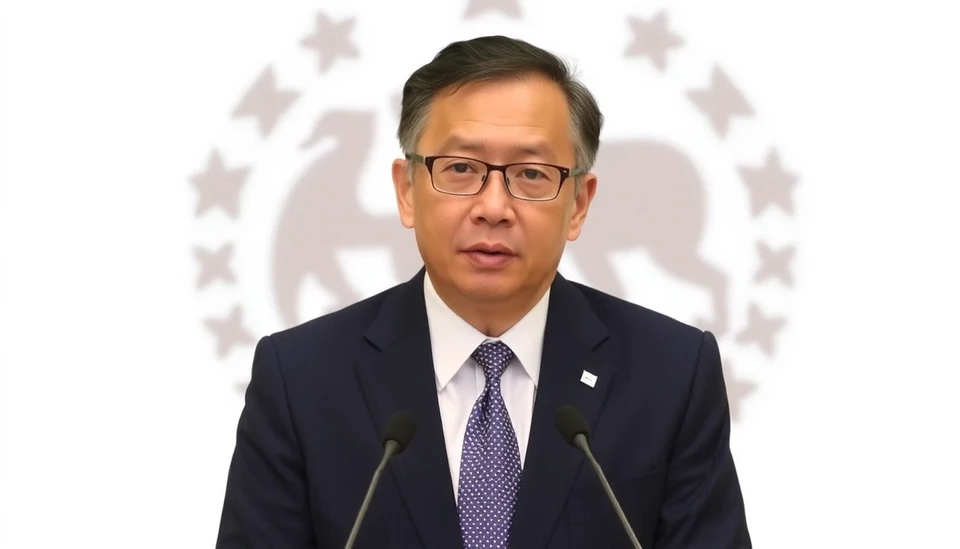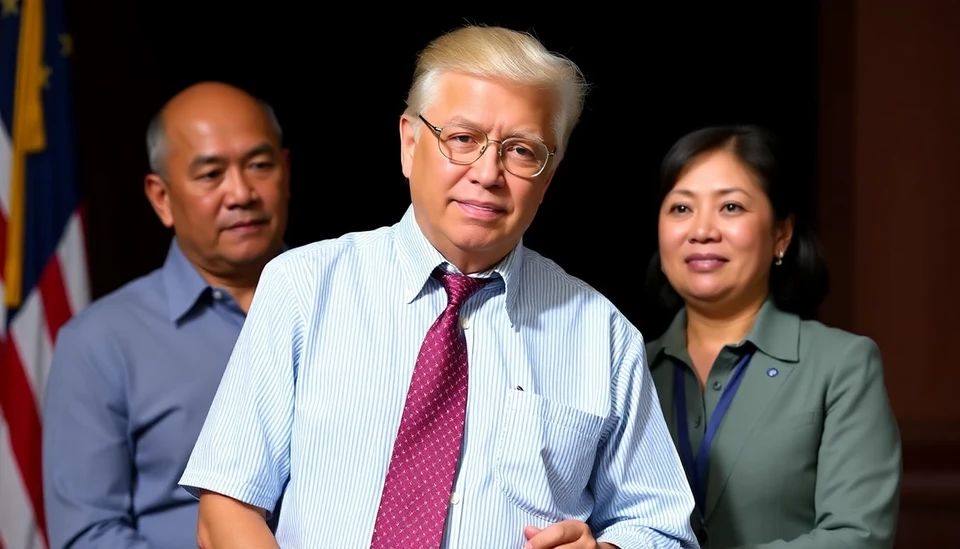
The Philippines is strategically increasing its exports of semiconductors and agricultural products to the United States, spurred by the recent reduction of tariffs on certain goods. This adjustment in trade terms opens up significant opportunities for the Southeast Asian nation, which aims to capitalize on the growing U.S. demand for technology and food supplies.
According to government officials, the Philippines is assessing potential growth in various sectors, specifically targeting the semiconductor industry and agricultural products. The tariff modifications are seen as a pivotal move that may enhance the competitive landscape for Philippine products in the American market.
In recent discussions, the Philippine government emphasized the importance of these sectors, as they are not only vital to the nation’s economy but also contribute significantly to job creation. The semiconductor manufacturing sector, in particular, has been identified as a focal point given its critical role in global technology supply chains.
As part of this initiative, officials highlight the competitive advantage that comes from the reduction of tariffs which could stimulate more exports. Additionally, products such as tropical fruits, which have gained popularity in the U.S., are expected to see increased shipments as a result of improved trade conditions.
Trade analysts have pointed out that the Philippines' push for expanded exports aligns with the U.S. strategy to diversify its supply chain, especially in the wake of global disruptions faced during the pandemic. By focusing on semiconductor exports, the Philippines hopes to deepen its integration into the U.S. tech ecosystem, which has been increasingly dependent on overseas partners for reliable supplies.
Negotiations and discussions between Philippine officials and their U.S. counterparts are ongoing, aiming to further solidify trade relations and address any remaining barriers to trade. The outcome of these dialogues could have long-term implications for both countries, potentially leading to more favorable terms and expanded market access.
As the Philippines moves forward with its export strategies, stakeholders and industry leaders are optimistic about the prospects for growth. With enhanced cooperation between the two nations, the Philippines is poised to emerge as a key player in providing essential goods in technology and agriculture.
The government's proactive approach indicates a commitment to not only bolster export volumes but also encourage sustainable practices that ensure the long-term viability of these industries. This strategy aims to not only benefit the economy but also support local farmers and manufacturers who rely heavily on access to larger markets.
Looking ahead, both sides appear eager to explore all available avenues for collaboration, marking a significant opportunity for investment and shared growth that could redefine trade dynamics in the region.
In summary, the Philippines is strategically positioning itself to enhance its exports of semiconductors and agricultural products to the U.S., especially in light of new tariff changes, with hopes of fostering a more robust bilateral trade relationship.
#Philippines #Exports #Semiconductors #Agriculture #USTrade #Tariffs #GlobalEconomy #FoodIndustry #TechSupplyChain
Author: Laura Mitchell




